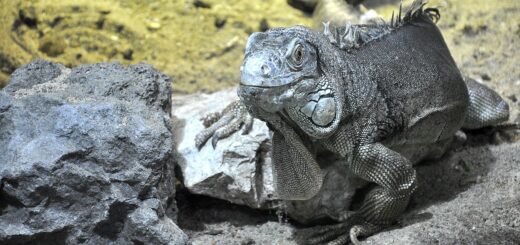Evaluation of diets offered to elephants in Brazilian zoos
Citation
Carneiro L, Faria AR, Werneck G, Dierenfeld ES. 2015. Evaluation of diets offered to elephants in Brazilian zoos. In Bissell H, Brooks M Eds. Proceedings of the Eleventh Conference on Zoo and Wildlife Nutrition, AZA Nutrition Advisory Group, Portland, OR.
Abstract
In order to improve the quality of life for captive elephants maintained in Brazilian zoos, the Brazilian Society of Zoos and Aquariums (SZB) organized a workshop concerning management of elephants in zoos in November 2014. Evaluation of nutritional husbandry was identified as a priority. Thus, diets were assessed from information obtained for 4 African (Loxodonta africana) and 12 Asian (Elephas maximus) elephants held in 7 of 11 Brazilian zoos that maintain elephants. Animal body weights, diet ingredients and quantities offered were collected by survey; nutrient profiles of diets were assessed using local food composition tables and calculated using the software Zootrition®. Excess dietary energy (up to 280% of estimated needs) appeared most problematic, due to high amounts of foods offered, as well as elevated proportions of highly digestible components in the diets offered (up to 20% of calories from fruits and vegetables, and 33% from concentrate pellets in the dry matter (DM)). This may lead to overcondition (obesity) and concurrent health problems. A high level of sugar content (4.9 ± 2.5% of DM) was found in diets from four zoos that use sugarcane as forage; replacement with sugarcane bagasse (by-product of juice extraction) may be a way to decrease the sugar content and digestibility of those diets. A majority of the zoos surveyed (6/7) also fed diets that may have been higher in crude protein (10.9 ± 2.4% of DM) than necessary for maintenance requirements of adult elephants (~6 to 8% of DM, with values ranging from 7.6 to 15.4% of DM. As a result of the initial diet assessment, one zoo reformulated its diet to better meet calculated energy and protein needs;, a >50% reduction in dietary energy content, and slight increase in protein content, resulted in substantially improved body condition after 3 mo. Beyond identifying problems in the amount of energy supplied to elephants in Brazil, this study also shows that significant change is possible, provided that appropriate nutritional management is applied within the zoos.
 12_Carneiro.pdf 252 KB
12_Carneiro.pdf 252 KB








